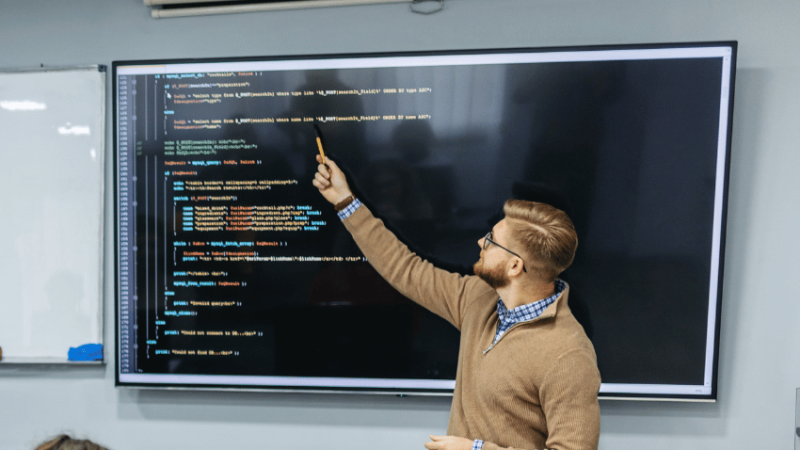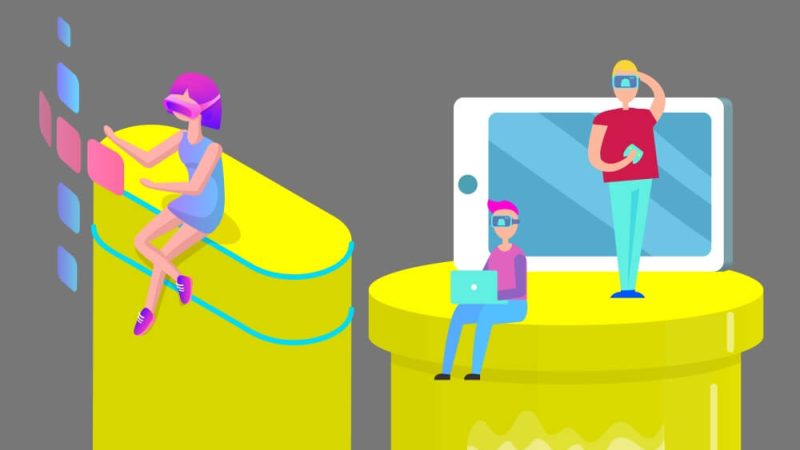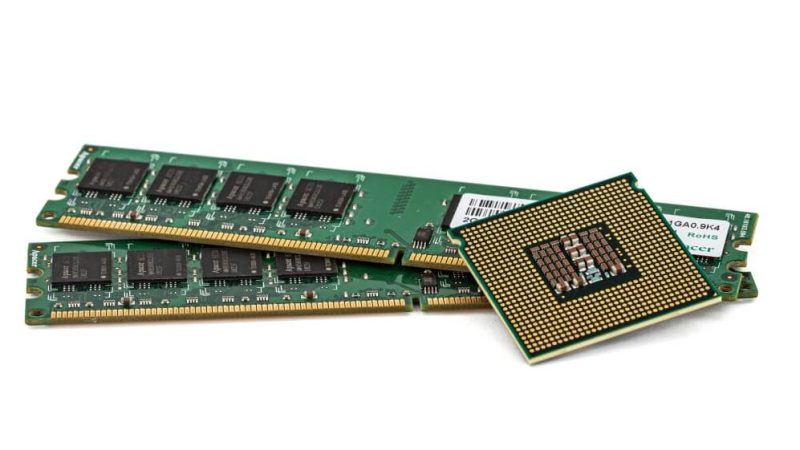Augmented reality in education – What can it do for your classroom?
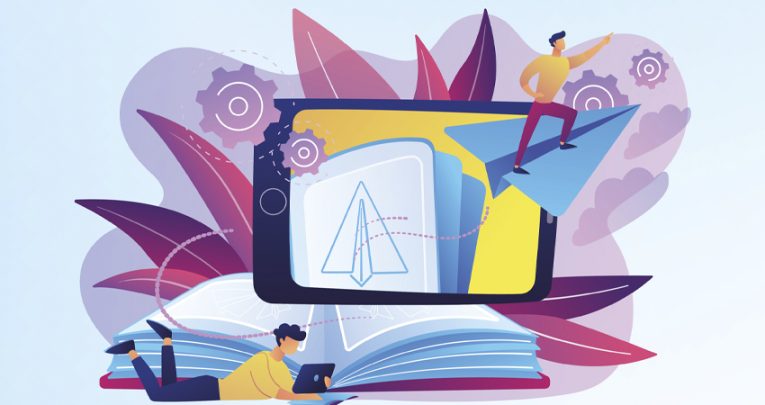
Rob Wraith considers how augmented reality could give students a more immersive and visceral experience of the topics they’re exploring…
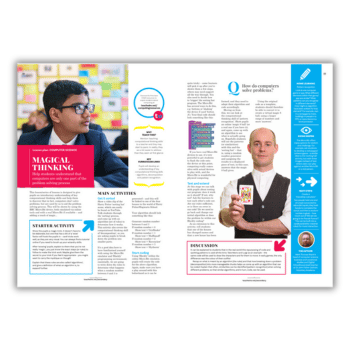
What is augmented reality in education, and what does it do? Can it help me with my delivery? Will it reduce my workload or add more? How much does it cost? What training do I need? And most important of all – will I see any actual impact from using it?
The answers to those questions ultimately depend on the nature of your classroom delivery and how you plan to expand on it. If you’re not already aware, augmented reality (AR) refers to technology that’s capable of creating interactive immersive experiences. A user’s view of their immediate surroundings is superimposed with computer-generated information.
These renderings of information can encompass both 2D and 3D objects. This includes everything from flat images and photographs to detailed virtual models – as well as sounds.
Imagine being able to occupy the same physical space as a dinosaur. Or being able to observe the moon closer than it’s ever been before from the school grounds.
Or even position the enormous hardware components making up the 1944 Colossus computer around your classroom, to better appreciate its size.
These use cases would be something to behold, and likely generate considerable amounts of interest and enthusiasm among students in our lessons, no?
Increasingly normalised
Teachers have used advances in technology to deliver education in new and evolving ways for decades of course. But the speed at which those technologies are being developed, refined and adopted has increased exponentially.
Back when I attended school, the only computers we had were BBC Micros. By the time I became a qualified teacher and began to teach computing, much more powerful, cream-coloured PC base units and monitors had replaced the BBC Micros. These were very cumbersome to move around.
As the technologies we regularly access at home and in our classrooms have become ever more sophisticated and convenient, their place within our lives has been increasingly normalised. Where AR is concerned, one significant development has been its growing presence in the retail space. For example, it might be used to help customers see what a chair will actually look like in their living room before purchasing it.
Designers have also put consumer-level AR to use in a number of mobile apps in recent years. Some let you view the night sky through your phone screen, with accompanying text labels showing the names of planets, stars and constellations. Others feature those wacky camera filters that are particularly popular with younger social media users.
Transformative impacts of augmented reality in education
Seen from a certain perspective, augmented reality in education has the potential to revolutionise our classroom delivery and the ways in which we conduct formative and summative assessment. One could even argue that it already has.
Observe my own subject of computing, for example. AR has enabled us to take some of the more complex and, dare we say it, ‘less interesting’ areas of the curriculum and explore them in a much more visual and engaging way. This could involve turning a classroom into a room full of servers, or peeking inside a PC to see where the pieces should go without having to take any workstations apart.
Pupils can be provided with the means to position items in a room to see how they might look, how much space they take up and where would best fit.
Needless to say, having access to this kind of functionality could save multiple industries significant costs at a later date if, for instance, the initial calculations for equipping and outfitting a room are incorrect.
Augmented reality in education could deliver similarly transformative impacts if applied to the curriculum as a whole. With any given subject, there’s now the option to engage students in a whole new way, and potentially drive improvements to attendance, achievement and impact.
Trending
Ownership of learning
These kinds of interactions with technology can give pupils ownership of their learning. They also afford them opportunities to organically develop a range of soft skills, such as communication, problem solving and leadership. Employers highly prize all of these skills.
AR-assisted lessons can further facilitate learning opportunities at a fraction of the cost – and with far lower levels of risk – than taking student outside the classroom. Lessons that include an AR element can also make possible more individualised learning experiences. These allow students to learn at their own pace.
When you appropriately monitor them, this can give you a way of identifying any key areas that you need to develop in either the group or specific individuals, and see to it that the right kind of support is provided.
Moreover, there are many flexible options when it comes to accessing AR. Rather than requiring the expensive headsets necessary for virtual reality, you can simply install AR applications on smartphones, tablet devices and PCs. Or you can even access them via a web browser.
Instantly, this opens up possibilities for setting homework, revision and independent study tasks that include AR-enabled immersive components. These can help students take ownership of their own individual immersive learning experiences.
AR has, and will likely continue to enhance and improve the education we can offer. It allows us to provide a more rounded, immersive experience for our pupils, heightening their engagement and sense of enjoyment, and leaving them with a thirst to know more.
Reuse, repurpose
With AR seeing increasing use in our social lives and lived experiences outside of school, it’s surely just a matter of time before it becomes commonplace in our classrooms too. AR-powered software solutions are already delivering new forms of interaction and functionality in numerous commercial settings. Do we want our classrooms to be similarly engaging, inspiring and informative places? Well then, let’s add some AR.
The means of creating our own digital classroom resources for use as part of an AR experience is already within our grasp. And once you’ve created them, you can revise, reuse and share them over a number of years. You could also potentially repurpose them for teaching across multiple subjects.
You could call upon the same resource that helps students explore the development of Roman architecture in history to teach the principles of engineering. Or it could provide inspiration to English students tasked with crafting a narrative that takes place in a period setting.
Powerful interactivity
AR affords us the opportunity to be more engaging and effective in how we teach by providing students with a new and powerful means of interactivity. Beyond that, introducing students to the technology today can help us better prepare them for the workplaces of tomorrow. It can also provide a jumping off point for thoughtful class discussions about how we could and are using it. And also perhaps how we shouldn’t use it…
Schools will need to engage in a significant amount of planning to ensure that their implementation of AR technology is both appropriate and suitable. But once you’ve done this, the rewards will follow.
AR development is far from being ‘finished’. I believe there’s still much more to come, which I’m sure can only be a good thing for educators.
Rob Wraith is head of learning technology and digital learning at NCG – a group of seven colleges across the UK; for more information, visit ncgrp.co.uk






